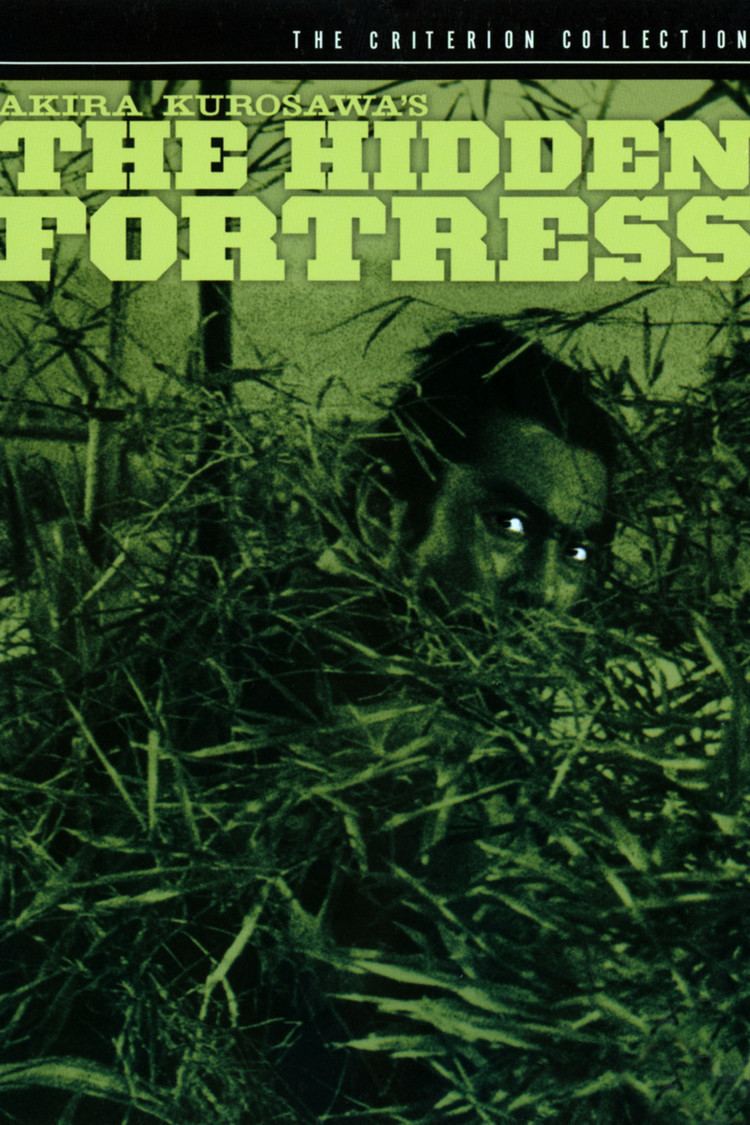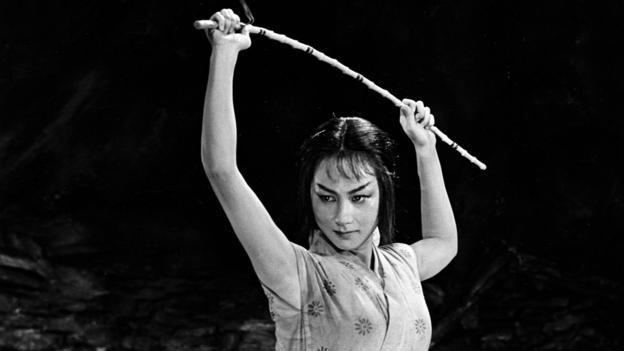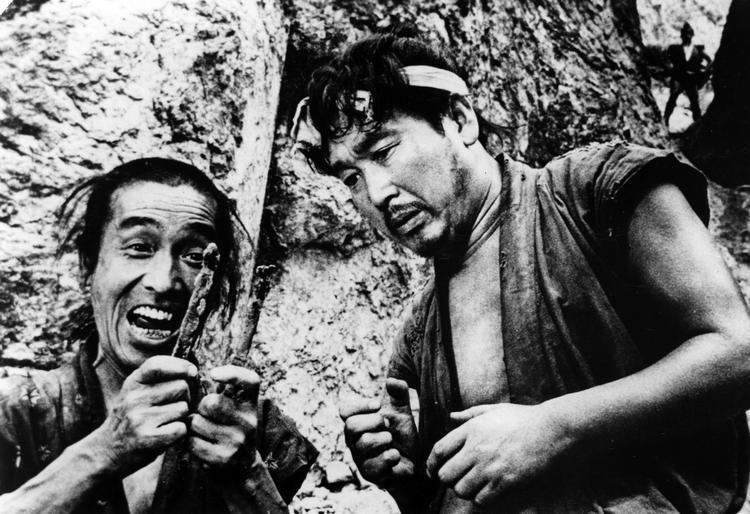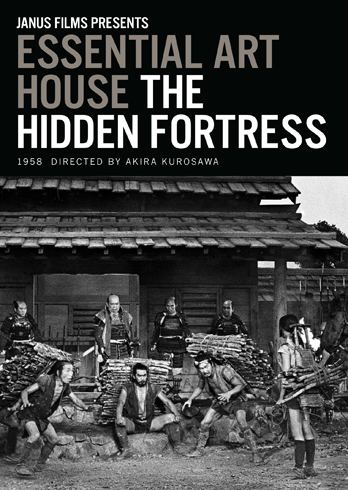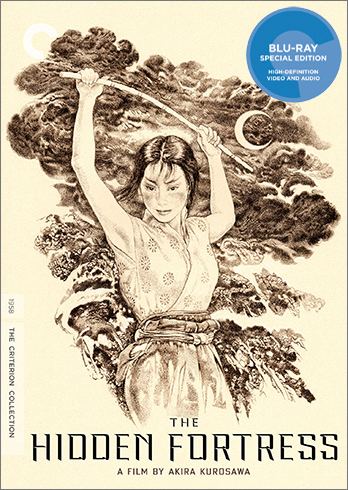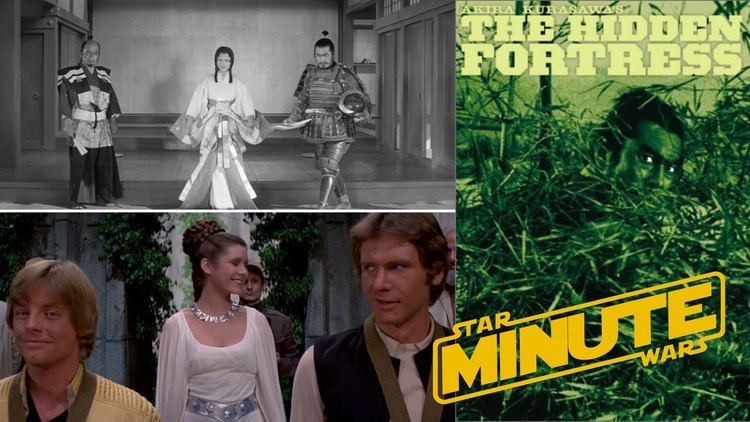The Hidden Fortress
9 /10 1 Votes
100% Rotten Tomatoes Genre Adventure, Drama Duration Country Japan | 8.1/10 IMDb Initial DVD release May 22, 2001 Language Japanese | |||||||||||||||||||||||||||||||||
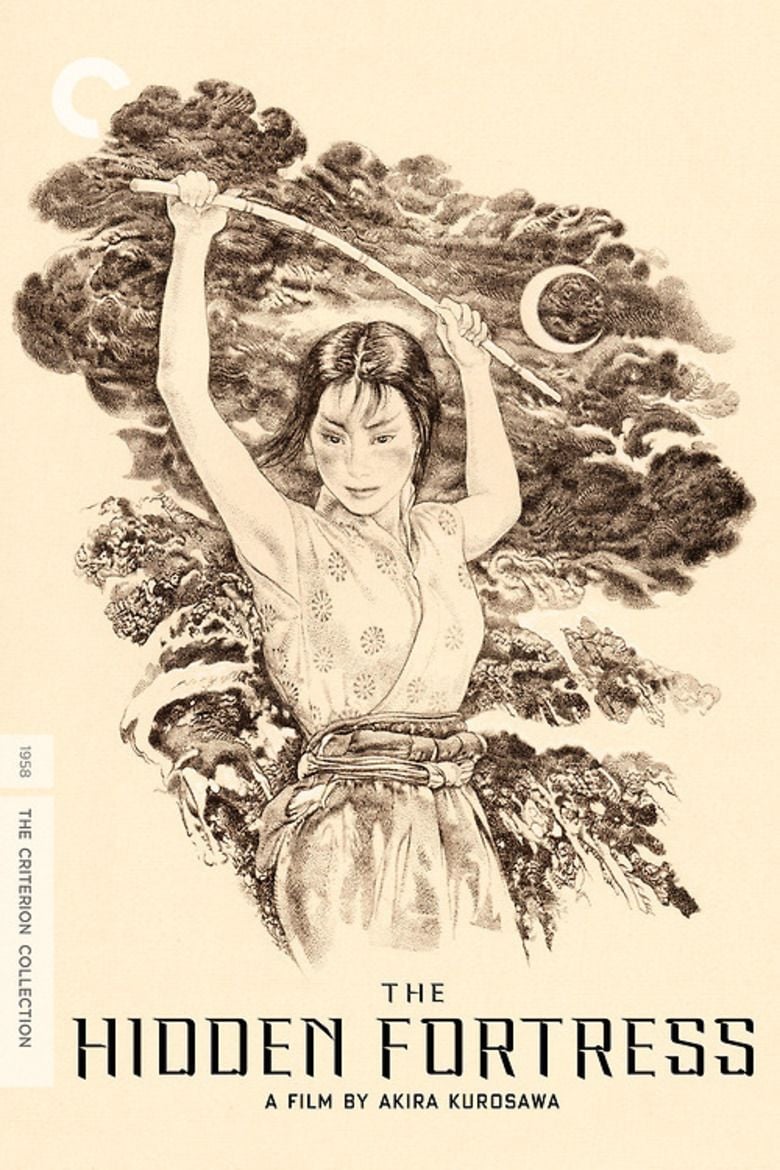 | ||||||||||||||||||||||||||||||||||
Release date December 28, 1958 (Japan)January 23, 1962 (USA) Genres Action Film, Comedy, Adventure Film, Drama film Cast Toshir? Mifune (Rokurota Makabe), (Izumi Nagakura), (Tahei), Misa Uehara (Princess Yuki), (Matashichi), (General Hyoe Tadokoro)Similar movies Austin Powers in Goldmember , Pirates of the Caribbean: The Curse of the Black Pearl , National Treasure: Book of Secrets , Straight Outta Compton , Shrek the Third , Hercules | ||||||||||||||||||||||||||||||||||
The Hidden Fortress (隠し砦の三悪人, Kakushi toride no san akunin, literally, "The Three Villains of the Hidden Fortress") is a 1958 jidaigeki adventure film directed by Akira Kurosawa and starring Toshiro Mifune as General Makabe Rokurōta (真壁 六郎太) and Misa Uehara as Princess Yuki.
Contents

Plot
Two bedraggled peasants, Tahei and Matashichi through conversation, reveal that they had intended to fight alongside the Yamana clan, but turned up too late, were taken for soldiers of the defeated Akizuki clan, and forced to bury the dead. After quarreling and splitting up, the two are both again captured separately then forced to dig for gold in the Akizuki castle with other prisoners.
After a prisoner uprising, Tahei and Matashichi escape. Near a river they find gold marked with the crescent of the Akizuki clan. They thereafter travel with the General of the defeated Akizuki clan, Makabe Rokurōta, while escorting Princess Yuki Akizuki and what remains of her family's gold to a secret territory. In order to keep her identity secret, Yuki poses as a mute.
During the mission, the peasants impede it and sometimes try to seize the gold. They are later joined by a farmer’s daughter, whom they acquire from a slave-trader. Eventually, they are captured and held by Rokurōta's rival, who later unexpectedly sides with the Princess and Rokurōta.
After another escape with the gold, the princess and Rokurōta, and the peasants go separate ways. The peasants stumble upon the gold, but are then arrested by Akizuki clansmen. The clansmen take the peasants to see the general, whereupon Rokurōta explains Yuki's true identity, and states that all of the gold has been used to restore her family's domain. The peasants are then dispatched, taking a single ryō. Finally, Tahei gives this to Matashichi to protect; but Matashichi allows Tahei to keep it.
Cast
Production
This was Kurosawa's first feature filmed in a widescreen format, Tohoscope, which he continued to use for the next decade. Hidden Fortress was originally presented with Perspecta directional sound, which was re-created for the Criterion DVD release.
Release
The Hidden Fortress was released theatrically in Japan on December 28, 1958. The film was the highest-grossing film for Toho in 1958, ranking as the fourth overall highest-grossing films in Japan that year. In box-office terms, The Hidden Fortress was Kurosawa’s most successful film, until the 1961 release of Yojimbo.
The film was released theatrically in the United States by Toho International Col. with English subtitles. It was screened in San Francisco on November 1959 and received a wider release on October 6, 1960 with a 126-minute running time. The film was re-issued in the United States in 1962 with a 90-minute running time.
Critical reception
Writing for The Criterion Collection in 1987, David Ehrenstein called it "one of the greatest action-adventure films ever made" and a "fast-paced, witty and visually stunning" samurai film." According to Ehrenstein:
"The battle on the steps in Chapter 2 (anticipating the climax of Ran) is as visually overwhelming as any of the similar scenes in Griffith's Intolerance. The use of composition in depth in the fortress scene in Chapter 4 is likewise as arresting as the best of Eisenstein or David Lean. Toshiro Mifune's muscular demonstrations of heroic derring-do in the horse-charge scene (Chapter 11) and the scrupulously choreographed spear duel that follows it (Chapter 12) is in the finest tradition of Douglas Fairbanks. Overall, there’s a sense of sheer "movieness" to The Hidden Fortress that places it plainly in the ranks of such grand adventure entertainments as Gunga Din, The Thief of Baghdad, and Fritz Lang's celebrated diptych The Tiger of Eschnapur and The Hindu Tomb.
Writing for The Criterion Collection in 2001, Armond White said "The Hidden Fortress holds a place in cinema history comparable to John Ford's Stagecoach: It lays out the plot and characters of an on-the-road epic of self-discovery and heroic action. In a now-familiar fashion, Rokurōta and Princess Yuki fight their way to allied territory, accompanied by a scheming, greedy comic duo who get surprised by their own good fortune. Kurosawa always balances valor and greed, seriousness and humor, while depicting the misfortunes of war."
Upon the film's UK re-release in 2002, Jamie Russell, reviewing the film for the BBC, said it "effortlessly intertwines action, drama, and comedy", calling it "both cracking entertainment and a wonderful piece of cinema."
Awards
The film was the Silver Bear for Best Director at the 9th Berlin International Film Festival in 1959. Kinema Junpo awarded Shinobu Hashimoto the award for Best Screenwriter for his work on the film ans for Tadashi Imai's Night Drum and Yoshitaro Nomura's Harikomi.
Influence
George Lucas has acknowledged the heavy influence of The Hidden Fortress on Star Wars, particularly in the technique of telling the story from the perspective of the film's lowliest characters, C-3PO and R2-D2. Lucas's original plot outline for Star Wars also had a strong resemblance to the plot of The Hidden Fortress, which would be reused for The Phantom Menace. The Japanese-inspired video game Shogo: Mobile Armor Division features a level called "The Hidden Fortress" (as well as "High and Low"), one of many tributes to Kurosawa in the game.
Remake
A loose remake entitled Kakushi Toride no San-Akunin: The Last Princess was directed by Shinji Higuchi and released on May 10, 2008.
References
The Hidden Fortress WikipediaThe Hidden Fortress IMDbThe Hidden Fortress Rotten TomatoesThe Hidden Fortress themoviedb.org

